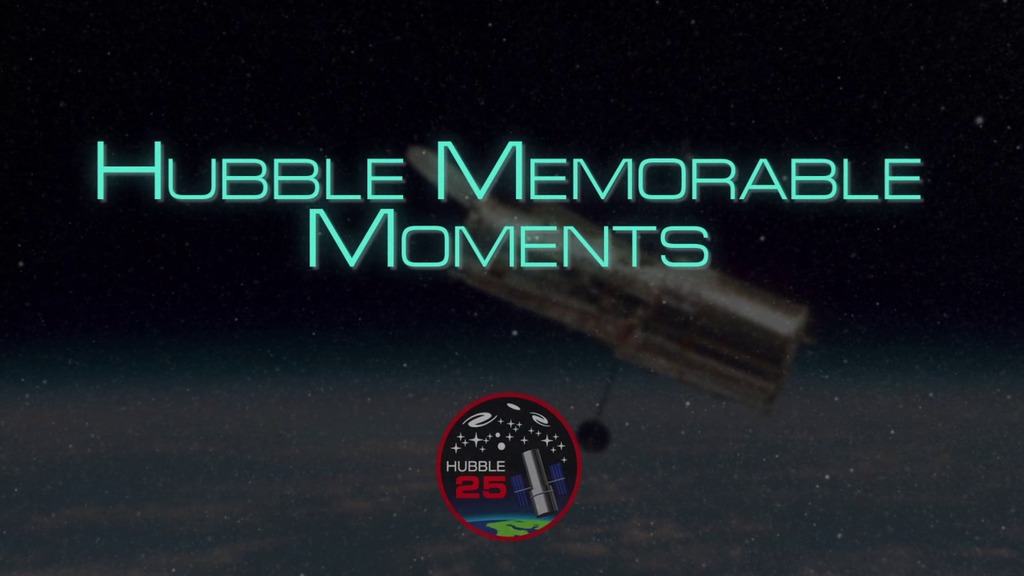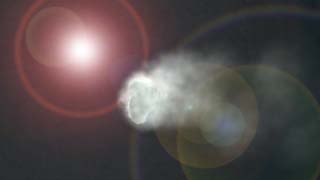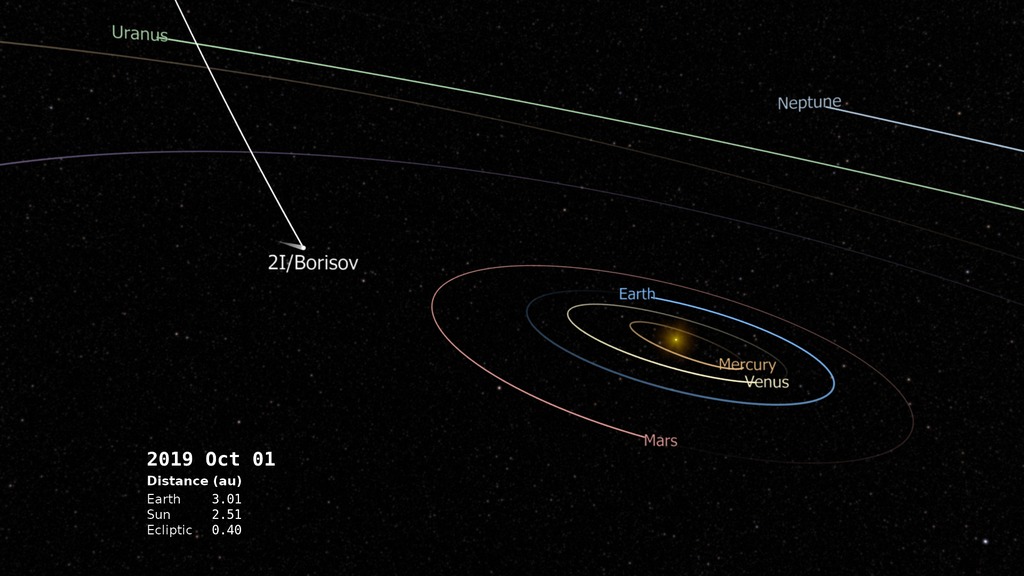Hubble's New Image Of Interstellar Object
NASA’s Hubble Space Telescope has given astronomers their best look yet at an interstellar visitor – Comet 2I/Borisov – whose speed and trajectory indicates it is from outside of our Solar System.
This Hubble image, taken on October 12, is the sharpest ever view of the comet. Hubble reveals a central concentration of dust around the solid icy nucleus.
For more information, visit https://nasa.gov/hubble.
Music Credits: "Solar Pilgrims" by Francois Vey [ SACEM ] Universal Production Music
Master version
Horizontal version. This is for use on any YouTube or non-YouTube platform where you want to display the video horizontally.
Square version
This is a square 1:1 version of the video designed for Facebook or any other platform where you want to display a full-length square version of the video.
Vertical version
This vertical version of the episode is for IGTV or Snapchat. The IGTV episode can be pulled into Instagram Stories and the regular Instagram feed.
Credits
Please give credit for this item to:
NASA's Goddard Space Flight Center
-
Producer
- Paul R. Morris (USRA)
-
Technical support
- Aaron E. Lepsch (ADNET Systems, Inc.)
Release date
This page was originally published on Wednesday, October 16, 2019.
This page was last updated on Wednesday, May 3, 2023 at 1:45 PM EDT.
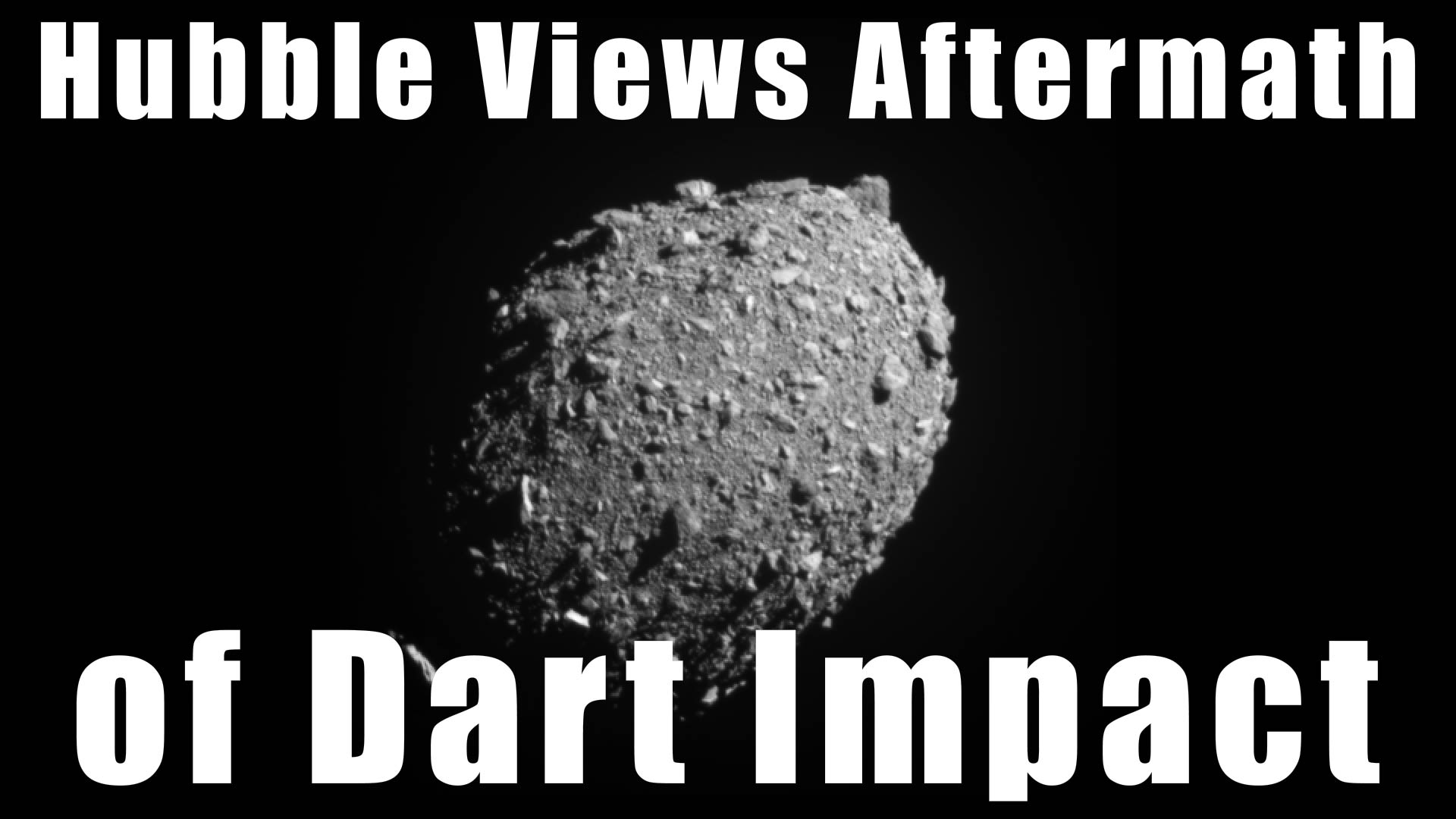
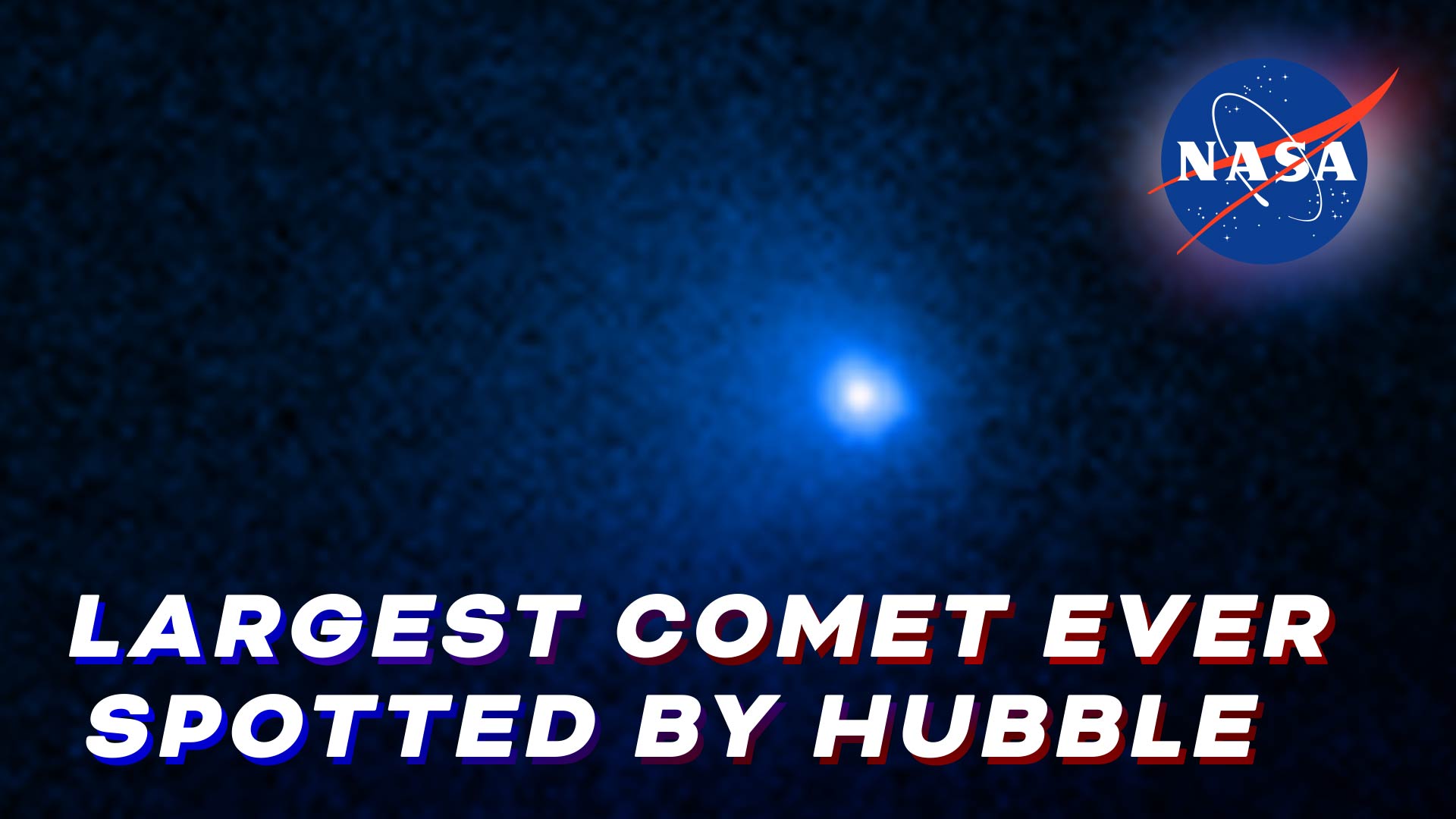
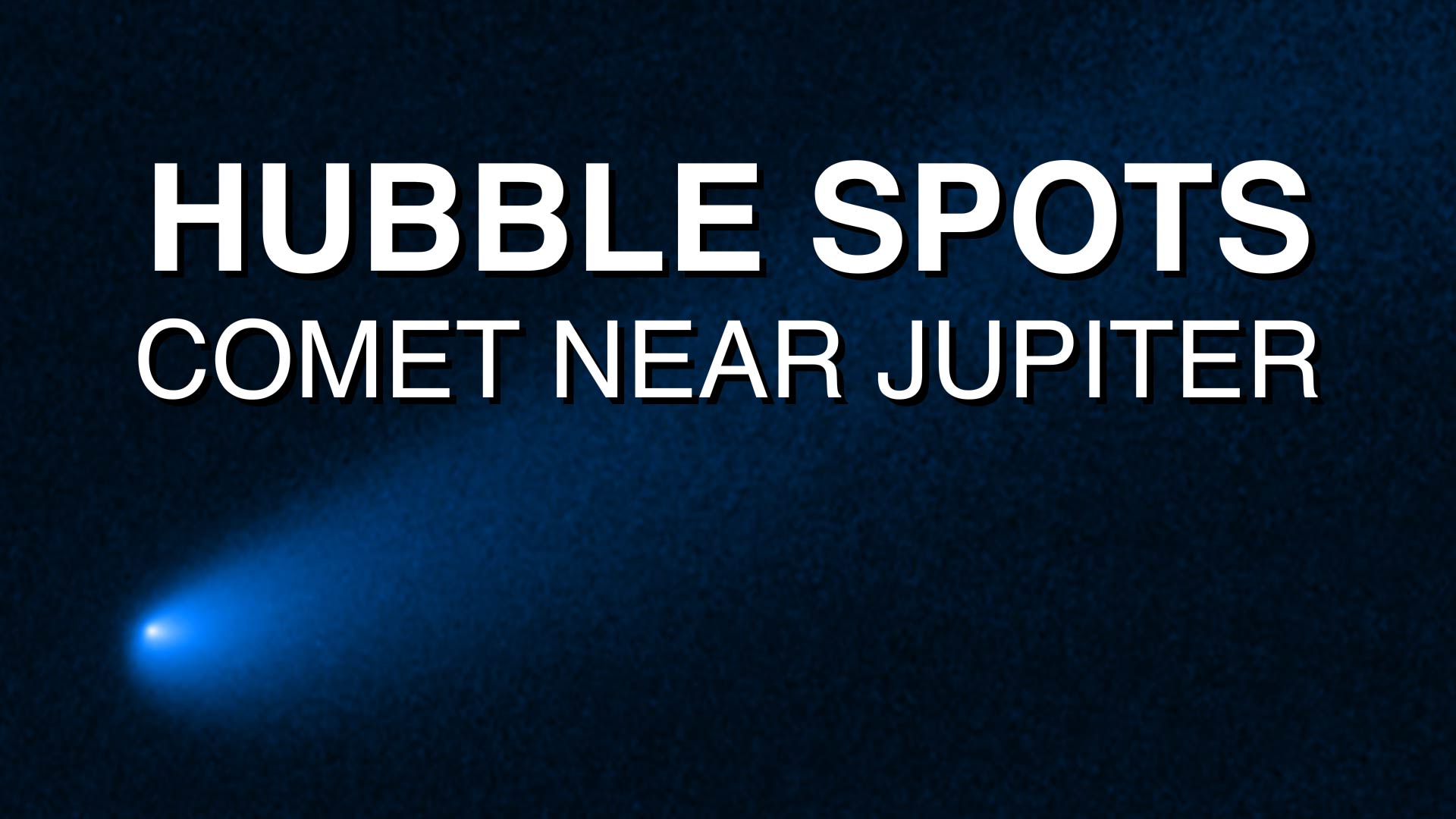
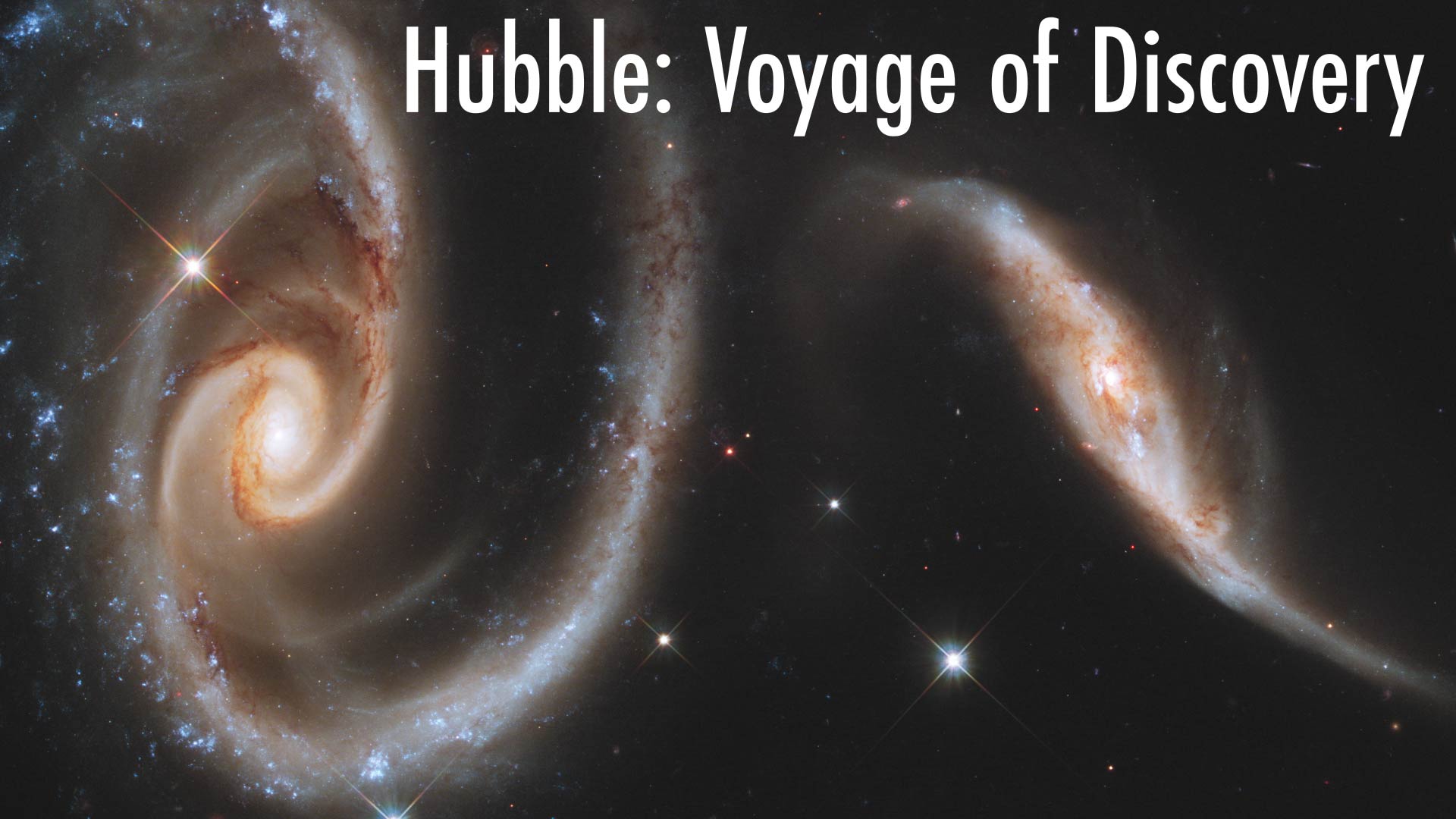
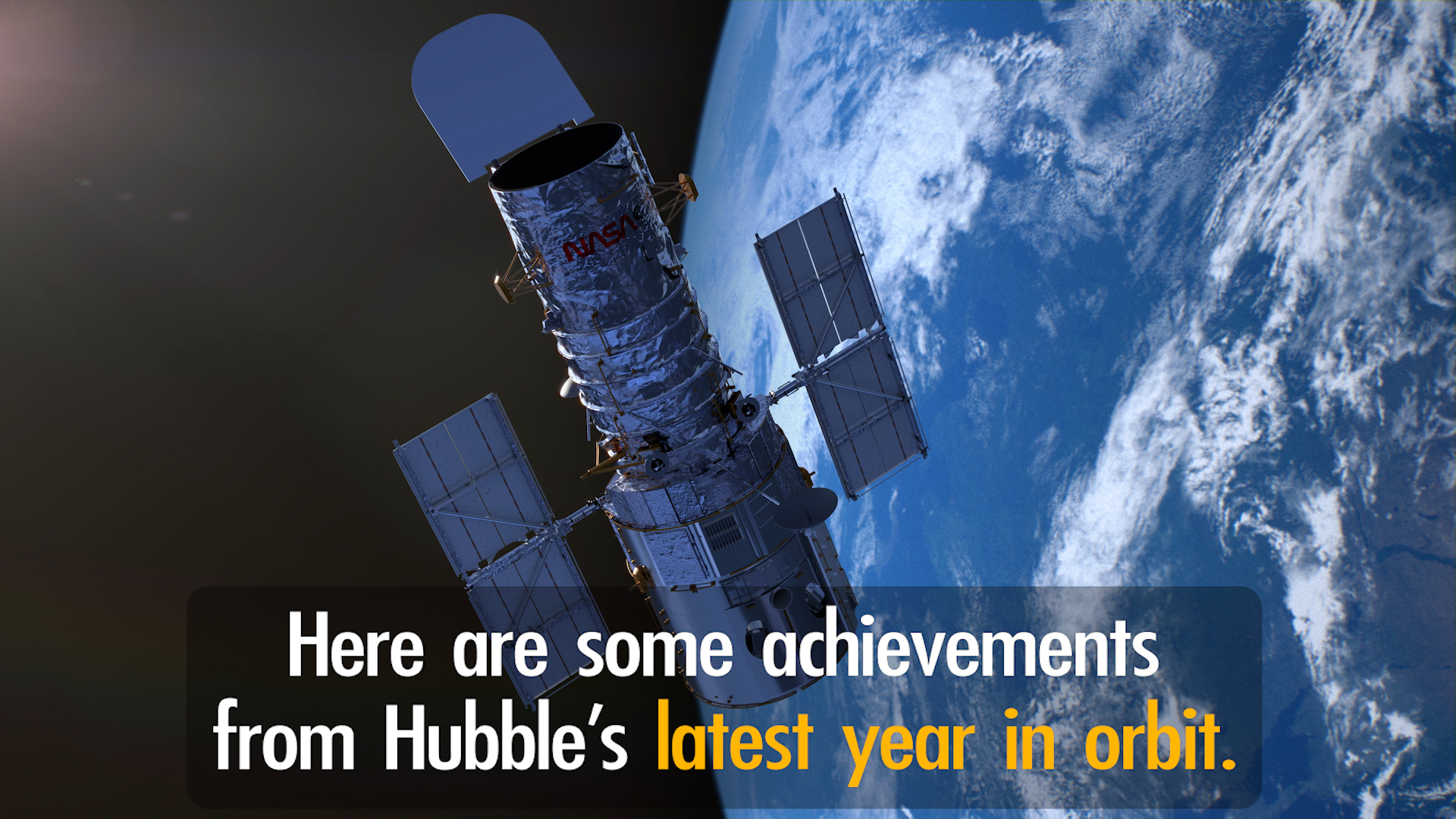


![YouTube/web videoWatch this video on the NASA Goddard YouTube channel.Music credit: "Midlands" by Marc Barrachina Sanchez [SGAE]; El Murmullo Sarao SGAE, Universal Sarao SGAE; SaraoMusic; Killer Tracks Production Music](/vis/a010000/a012900/a012988/hubble_oumuamua_thumbnail.png)
